Orthodontic Treatment
Orthodontics is the branch of dentistry which encompasses the development, prevention and correction of irregularities of the teeth, bite and jaw.

An Orthodontist is a dentist who is a Specialist in Orthodontics and aims to move the teeth or modify growth of the jaws to improve appearance and function of the mouth. Treatments that fall under the expertise of an Orthodontist include:
-
Removable Braces (appliances)A removable brace can be used to provide simple movements of teeth. They can either be used on their own, or in combination with fixed braces in more complex treatment.
A removable brace was used here for the initial phase of treatment to correct the deep bite of the front teeth and widen the narrowed upper arch of teeth. Subsequently, a fixed brace was used to finalise the position of the teeth.
The removable brace in use:
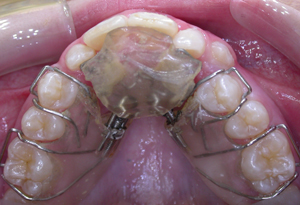
Before After removable brace 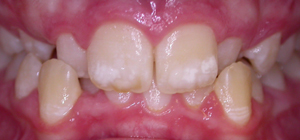
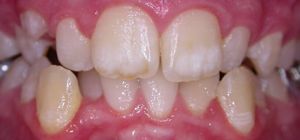
After completion of treatment with a fixed brace
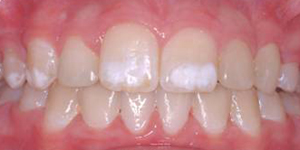
-
Fixed Braces (appliances)A fixed brace is made up of several components. Brackets or bands are adhesively attached to the teeth. Special wires then allow the teeth to be moved precisely in many directions
A fixed brace in use 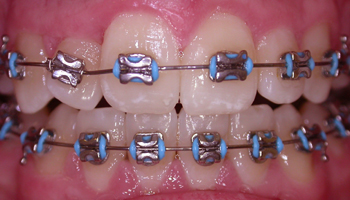
This patient had severe crowding of his teeth, many of which did not meet correctly. Following treatment, both the appearance and function of his teeth were significantly improved.
Before 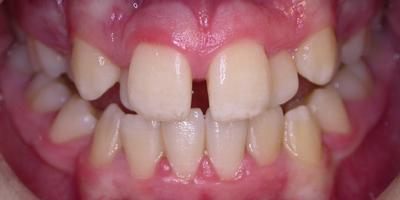
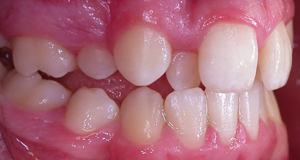
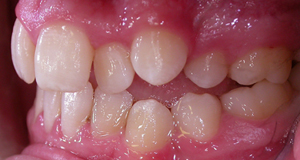
After 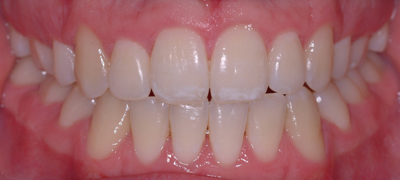
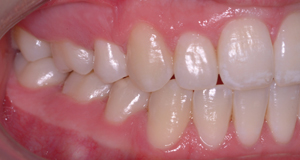
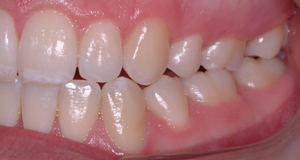
-
Functional Braces (appliances)A functional appliance is a special type of brace that is used in children. It can optimise growth aid correction of discrepancies in jaw size. Further orthodontic treatment is usually required to finalise the precise position of the teeth.
Due to the lower jaw being underdeveloped in this child, the upper teeth were relatively prominent. This had already resulted in injury of one the front teeth due to its vulnerable position. A combination of functional appliances and a fixed brace were used to correct the growth of the lower jaw and align the teeth. The teeth are now at much reduced risk of further trauma.
Before treatment 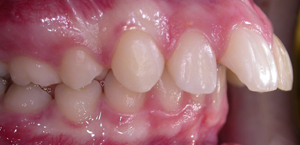
Functional appliance in use 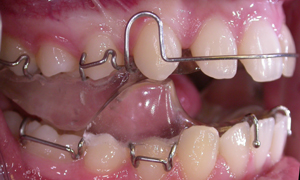
After completion of treatment 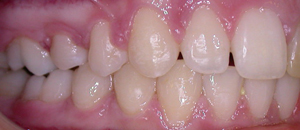
-
HypodontiaHypodontia is the developmental abscence of teeth. It affects about 2% of the population and ranges in severity from the absence of a single tooth to the absence of all teeth. Patients with hypodontia usually require treatment by several dental specialists and often require orthodontic treatment.
This patient was missing two adult teeth in the lower jaw. By using fixed braces the remaining teeth were moved to fill the space left by the missing teeth. This not only improved chewing function, but the patient also avoided having false teeth.
Before After 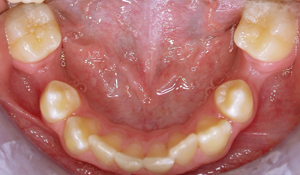
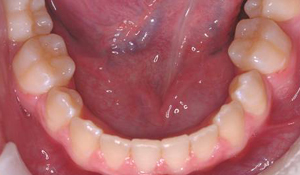
Contact Details
- 93 High Street, Tring, Herts HP23 4AB
- 01442 826565
- info@st-kildas.co.uk
- Find us on map
- Contact Form



